As outdoor lighting technology continues to evolve, solar motion lights have become a popular choice for homeowners and businesses alike. They not only offer energy-efficient and eco-friendly illumination but also improve security by detecting motion and providing bright lighting when needed. Whether you're looking to light up your driveway, enhance your backyard, or improve the security around your property, selecting the right solar motion lights is crucial for maximizing their benefits.
In this blog, we'll guide you through the essential factors to consider when choosing the perfect solar motion lights for your outdoor space. From understanding your lighting needs to selecting the right brightness and features, we’ll help you make an informed decision.
1. Assess Your Lighting Needs
Before purchasing solar motion lights, it's essential to assess your specific needs. Different outdoor areas require different types of lighting, and understanding your requirements will help you choose the most appropriate model.
-
Security Lighting: If you're looking to increase security around your property, you'll want a solar motion light that is bright and has a long detection range. Floodlights or spotlights with a high lumen output are ideal for this purpose. These lights will activate when motion is detected, illuminating areas like driveways, gates, and entryways to deter potential intruders.
-
Pathway Lighting: For illuminating walkways or garden paths, consider solar motion pathway lights. These provide softer, more subtle lighting and are great for creating a welcoming ambiance while also offering visibility at night.
-
Landscape Lighting: If you want to highlight your garden, trees, or architectural features, choose solar motion spotlights or landscape lights. These lights focus their beam on specific areas, enhancing the beauty of your outdoor space while providing additional security.
-
General Outdoor Lighting: For general lighting of patios, decks, or fences, consider solar motion lights that offer a balanced combination of illumination and security. Wall-mounted lights or pole-mounted lights can be great options.

2. Consider Motion Detection Range
The motion sensor is the key component of a solar motion light, and the detection range is one of the most important features to consider. The detection range refers to how far away the motion sensor can detect movement. If you need the light to cover a larger area, such as a driveway or backyard, look for a light with a longer detection range.
-
Short Range: Some solar motion lights are designed for smaller areas and have a detection range of 10-20 feet. These are ideal for lighting pathways or small gardens.
-
Medium Range: Many solar motion lights have a medium-range detection of 20-30 feet. These are well-suited for entrances, walkways, or around the perimeter of a property.
-
Long Range: If you need to cover a larger area or want to enhance security, look for solar motion lights with a detection range of 40-50 feet or more. These lights are ideal for driveways, large backyards, or commercial properties.
Make sure to choose a light with a detection range that suits your specific needs. Lights with adjustable sensors are also available, which allow you to customize the range based on your requirements.

3. Evaluate Brightness (Lumens)
The brightness of a solar motion light is measured in lumens. The higher the lumens, the brighter the light. The brightness you need will depend on the area you're illuminating and the level of security you require.
-
Low Brightness (100-200 lumens): For subtle, decorative lighting or small walkways, you may only need a light with low brightness. These are ideal for adding ambiance without overwhelming the space.
-
Medium Brightness (200-500 lumens): For general outdoor lighting, such as illuminating a porch or garden, lights with medium brightness are typically sufficient. These lights offer enough illumination to light up the area but are not too overpowering.
-
High Brightness (500-1,000+ lumens): If security is a priority, or if you need to light a larger area, choose solar motion lights with high lumens. These are perfect for driveways, large yards, or parking areas. The higher the lumens, the more powerful and effective the light will be.
When selecting a solar motion light, consider how much light you need for the specific area. For example, if you're lighting a path, a 200-lumen light might be enough, but for an entryway or driveway, you’ll want something closer to 500 lumens or higher.
4. Choose the Right Battery and Charging Capacity
Solar motion lights store energy in a battery during the day to power the light at night. The type and capacity of the battery play a significant role in how well the light functions, especially on cloudy or rainy days when sunlight may be limited.
-
Battery Type: The most common battery types for solar lights are lithium-ion and NiMH (Nickel-Metal Hydride). Lithium-ion batteries tend to have a longer lifespan, are more efficient, and perform better in cold weather conditions. NiMH batteries are typically more affordable but may not last as long.
-
Battery Capacity: Battery capacity is measured in mAh (milliampere-hours) and indicates how much energy the battery can store. A higher mAh value typically means the light will last longer before needing a recharge. Choose a light with a battery capacity that aligns with your needs—larger areas or higher brightness levels require a battery with a higher capacity.
-
Charging Time: Make sure the solar panel on the light is large enough to fully charge the battery within a reasonable amount of time. Most solar motion lights take around 6-8 hours of direct sunlight to fully charge, but this can vary depending on the product and the amount of sunlight available.
5. Look for Weather Resistance and Durability
Since solar motion lights are intended for outdoor use, they need to be able to withstand the elements. Look for lights that are built to be weather-resistant and durable. These lights should be able to function properly in rain, snow, or extreme temperatures.
-
IP Rating: The IP (Ingress Protection) rating indicates how well the light is sealed against dust and water. For outdoor lights, look for an IP65 rating or higher, which ensures that the light is both waterproof and dustproof. This will protect your solar motion light from rain and ensure it continues to operate effectively.
-
Materials: Solar motion lights made from high-quality materials, such as aluminum or stainless steel, tend to be more durable and long-lasting. Avoid plastic lights if you expect to encounter harsh weather, as they may degrade more quickly over time.
6. Installation and Adjustability
Solar motion lights are generally easy to install, but some models may require more effort than others. Consider how easy it will be to install the light in your chosen location.
-
Wall-Mounted Lights: If you're installing the light on a fence, wall, or building, choose a model that includes mounting hardware and clear installation instructions.
-
Stake Lights: If you plan to place the light in your garden or along a pathway, stake lights are easy to install by simply pushing them into the ground.
Additionally, some solar motion lights offer adjustable settings for motion detection range, light duration, and even brightness. Look for lights that offer flexibility in these settings to tailor the lighting to your specific needs.
7. Additional Features to Consider
When choosing solar motion lights, consider additional features that may enhance their functionality:
- Adjustable Lighting Angles: Many solar motion lights allow you to adjust the direction of the light beam to target specific areas or features.
- Integrated Cameras: Some models include built-in cameras for added security and surveillance. These lights can record video footage of any movement detected and send alerts to your smartphone.
- Smart Features: Some advanced solar motion lights are equipped with Wi-Fi connectivity, allowing you to control them through a smartphone app for added convenience.
Conclusion
Choosing the right solar motion lights for your outdoor space depends on a variety of factors, including your lighting needs, the size of the area you need to illuminate, and the level of security you require. By considering the key factors we’ve discussed—motion detection range, brightness, battery capacity, weather resistance, and installation—you can select the best solar motion lights that provide optimal performance and value.
Solar motion lights are a fantastic investment for any property, offering not only convenience and safety but also an eco-friendly solution for outdoor lighting. Take the time to assess your needs, compare different models, and select the one that best fits your requirements.



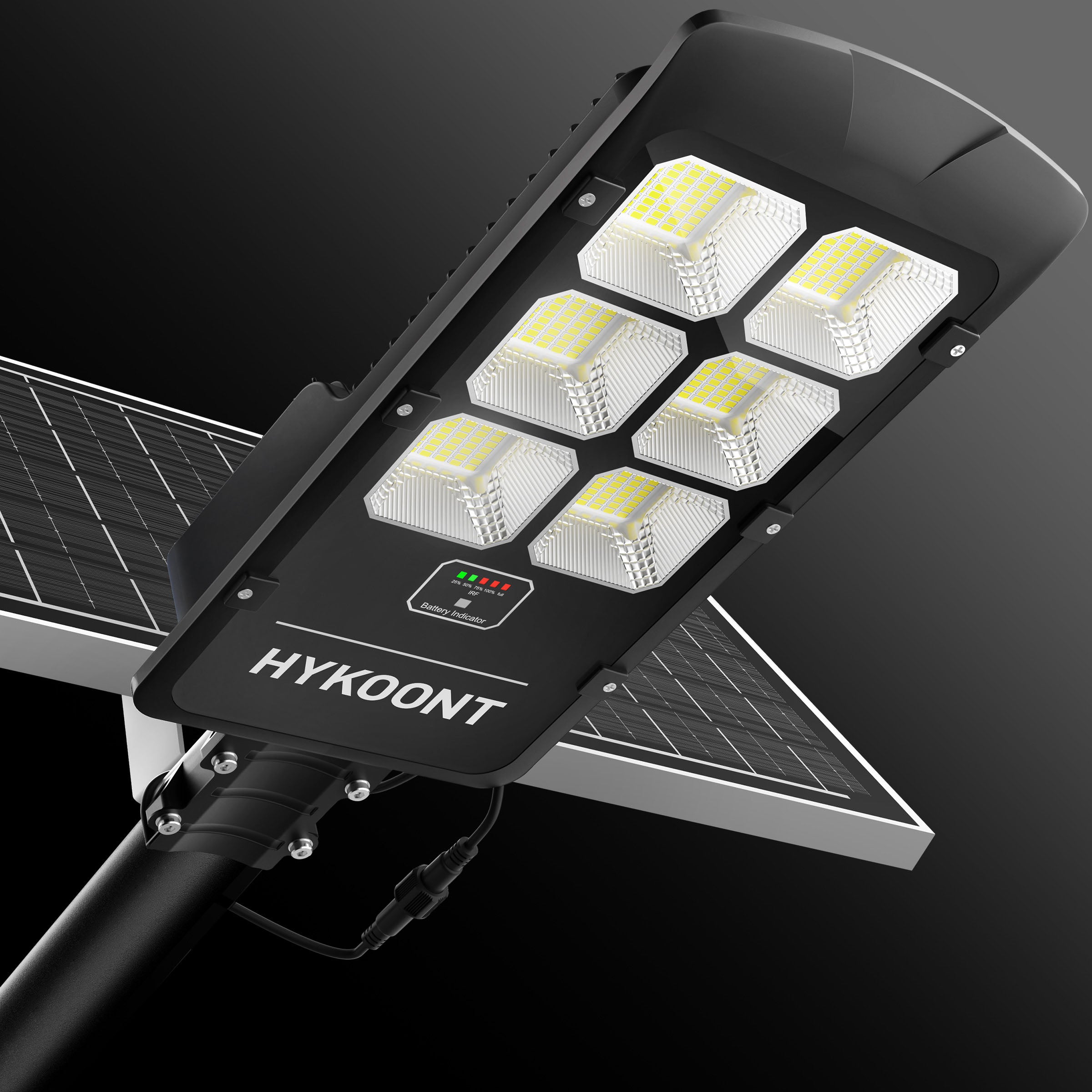
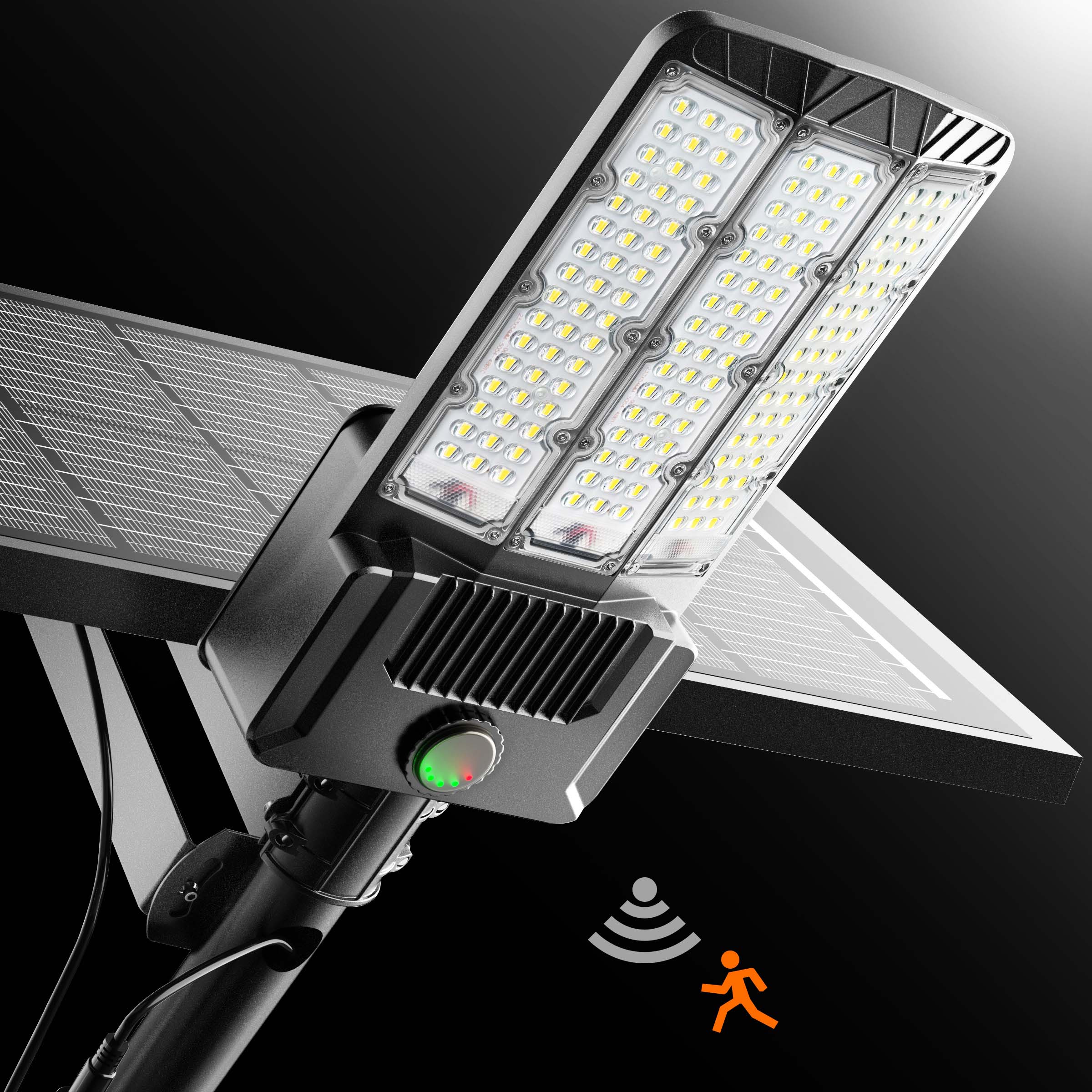
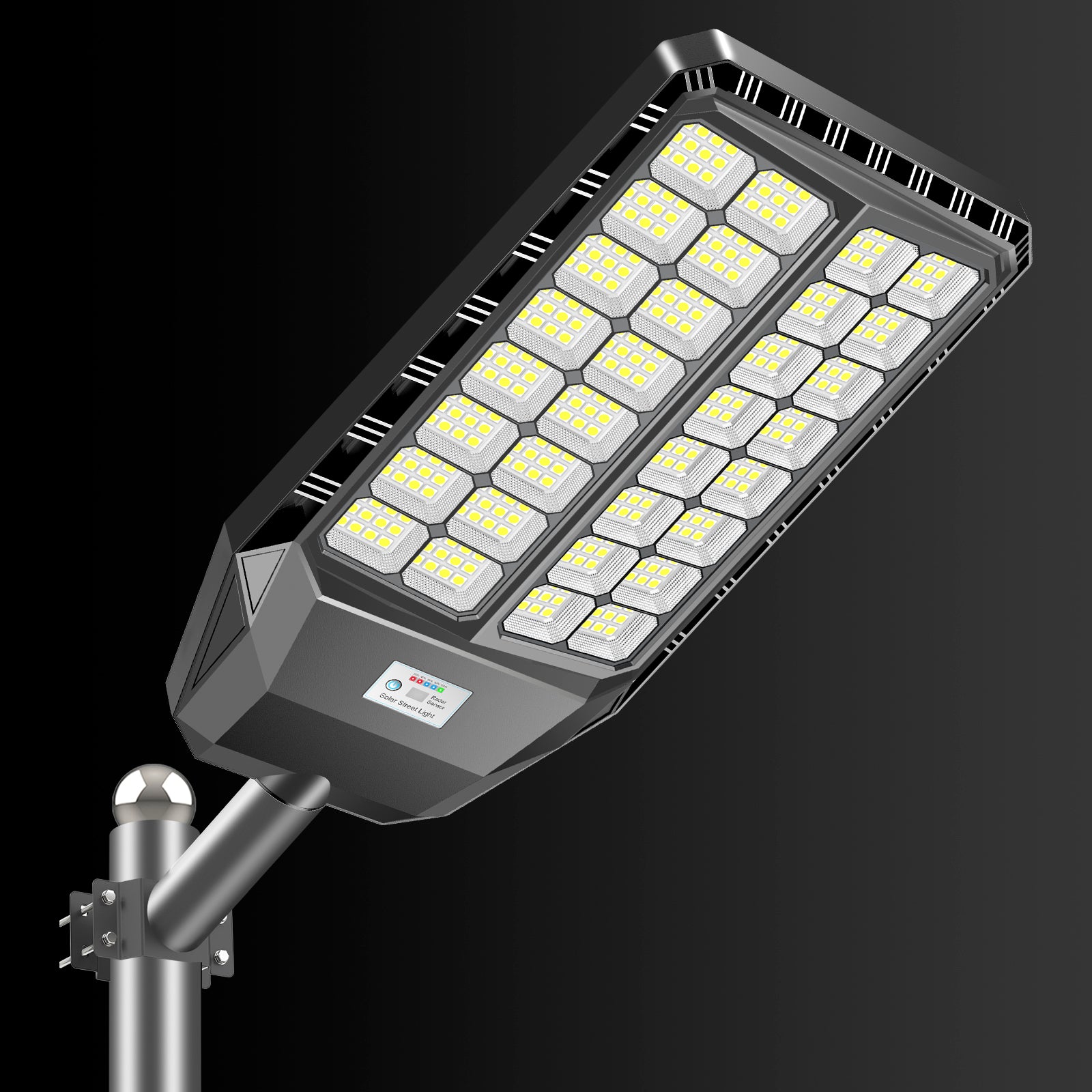
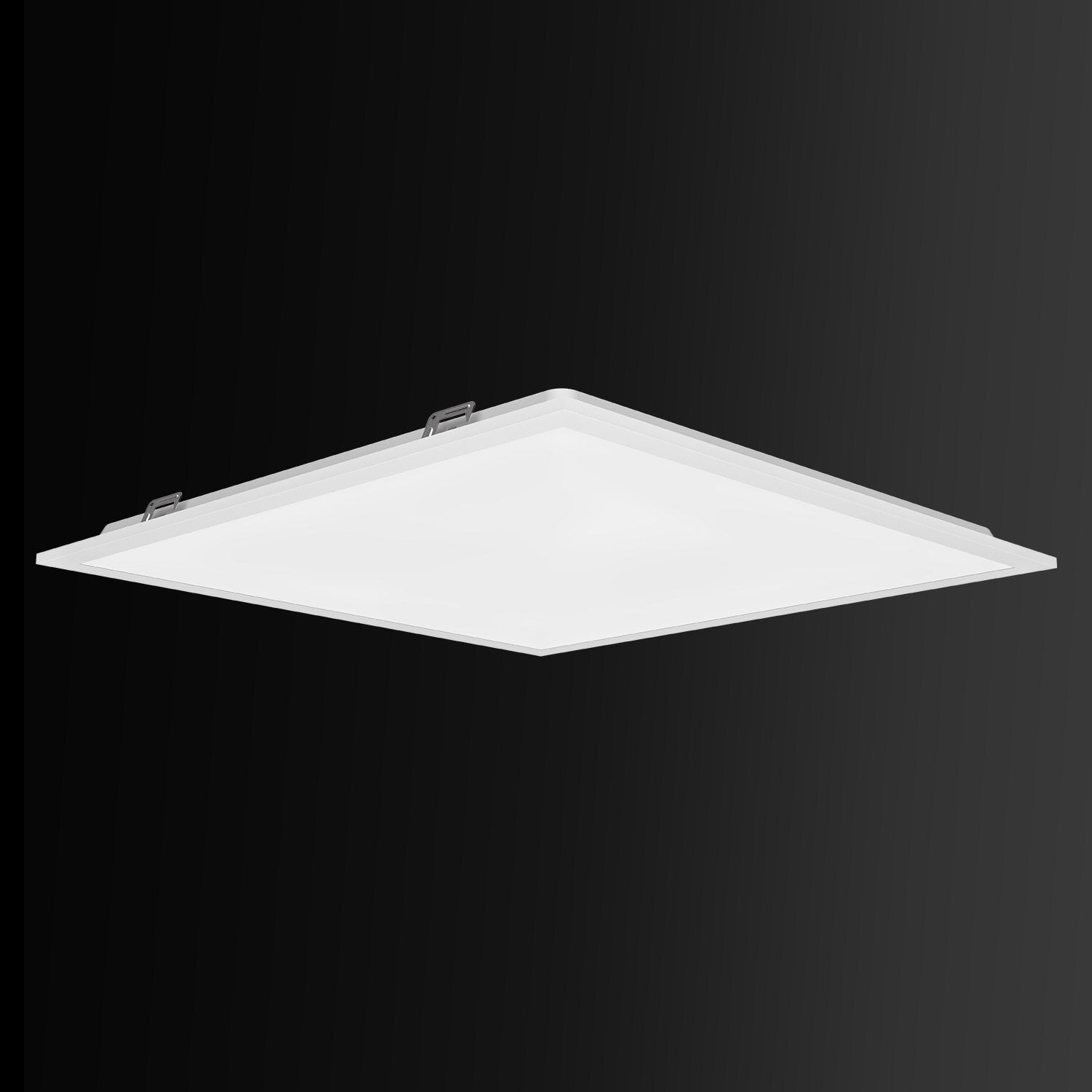
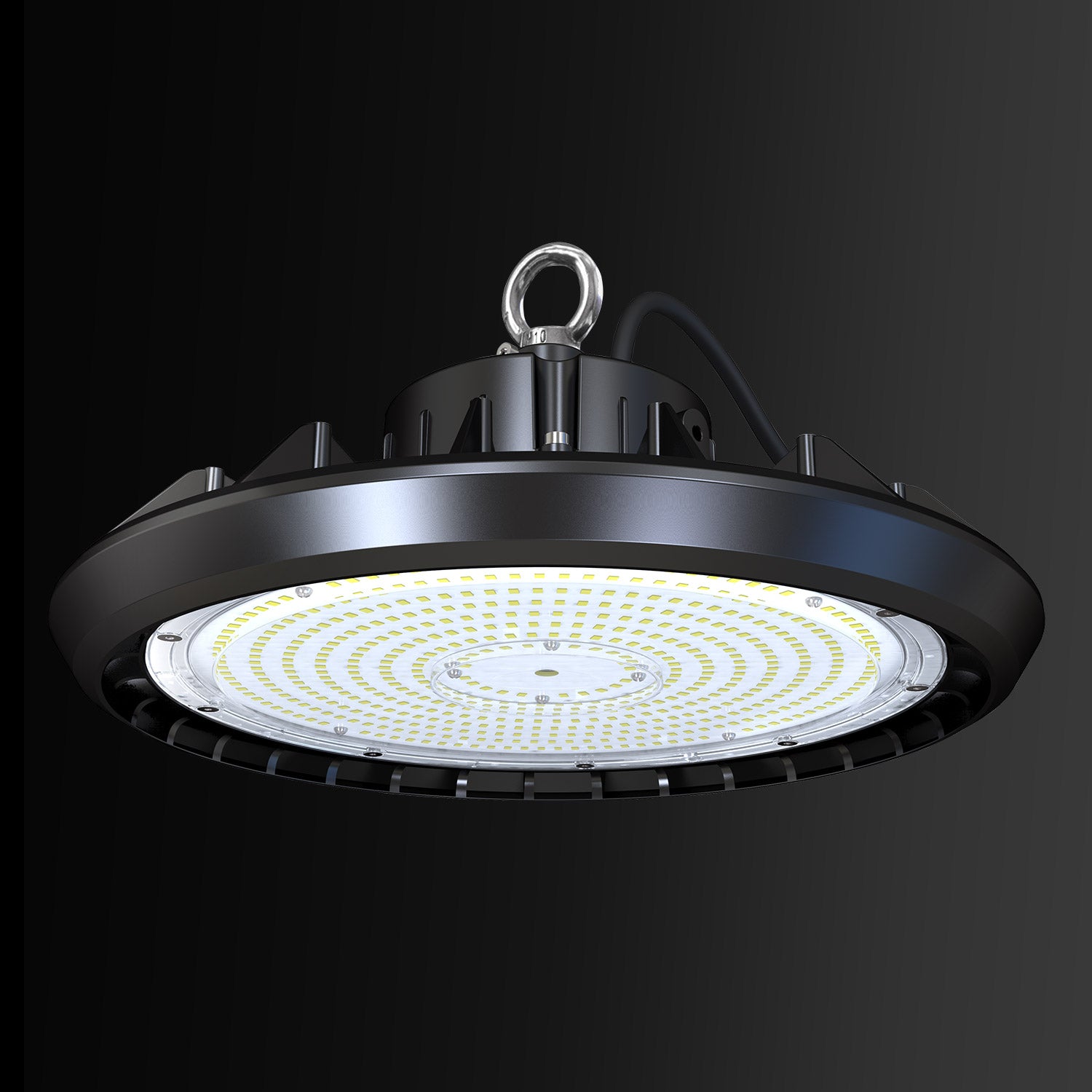
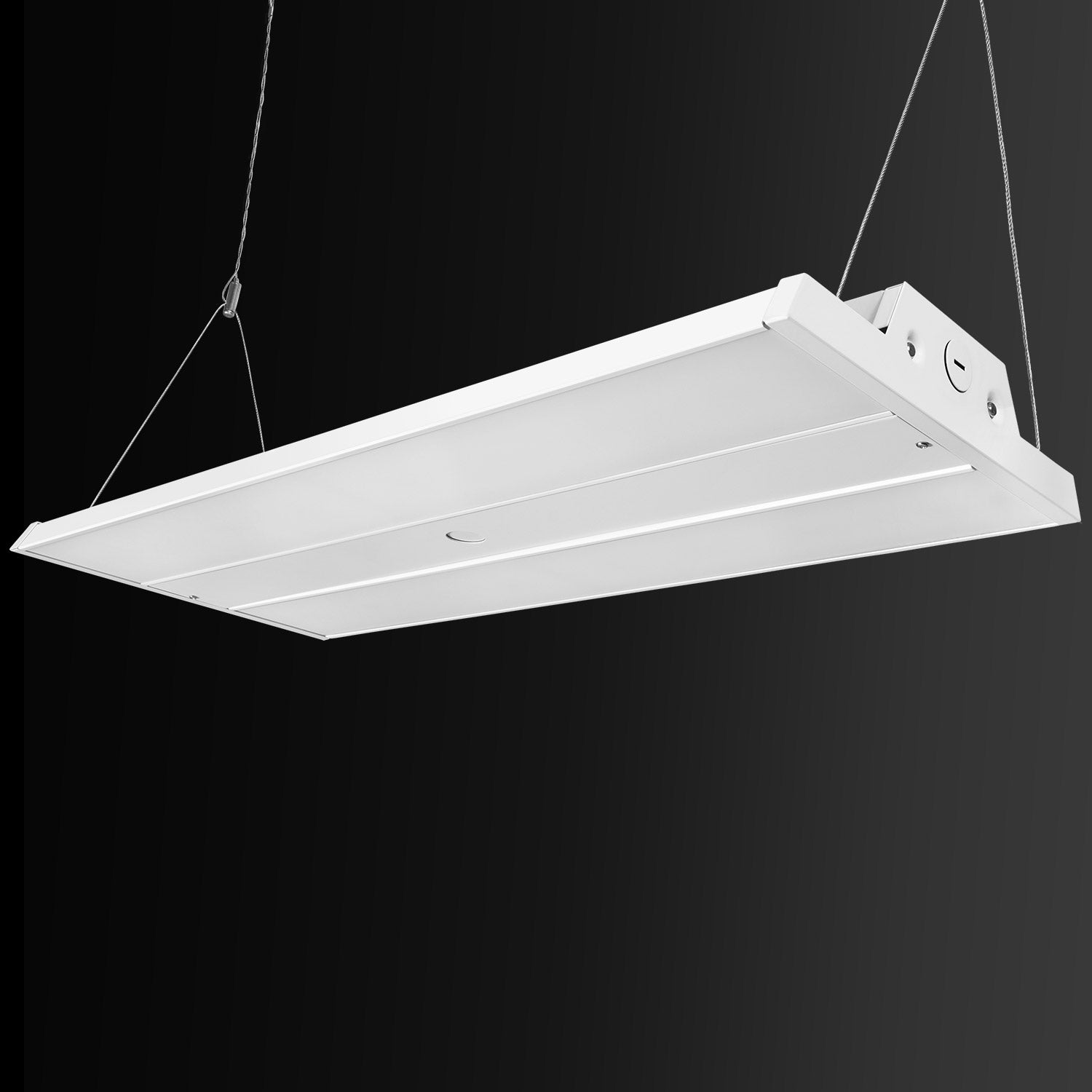
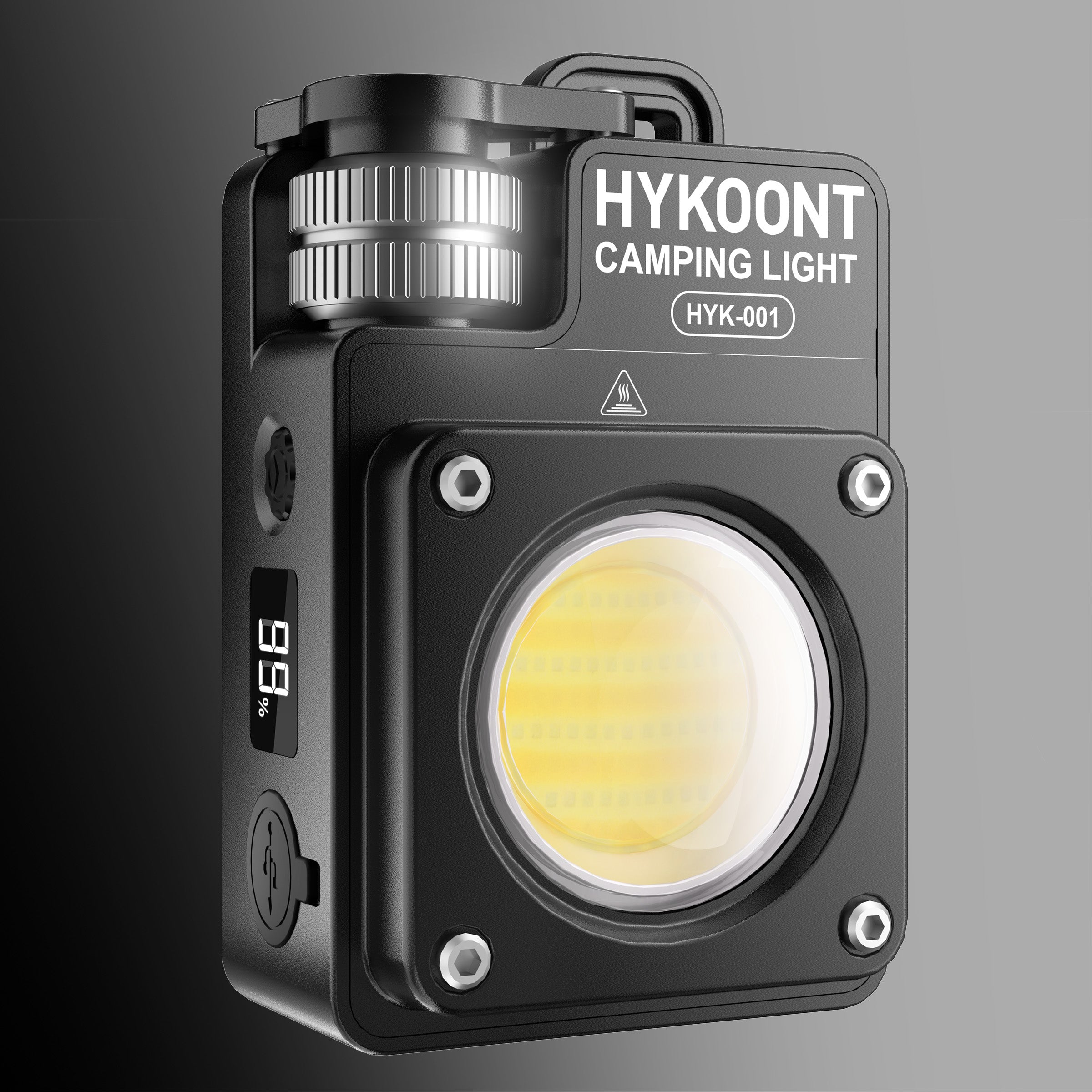
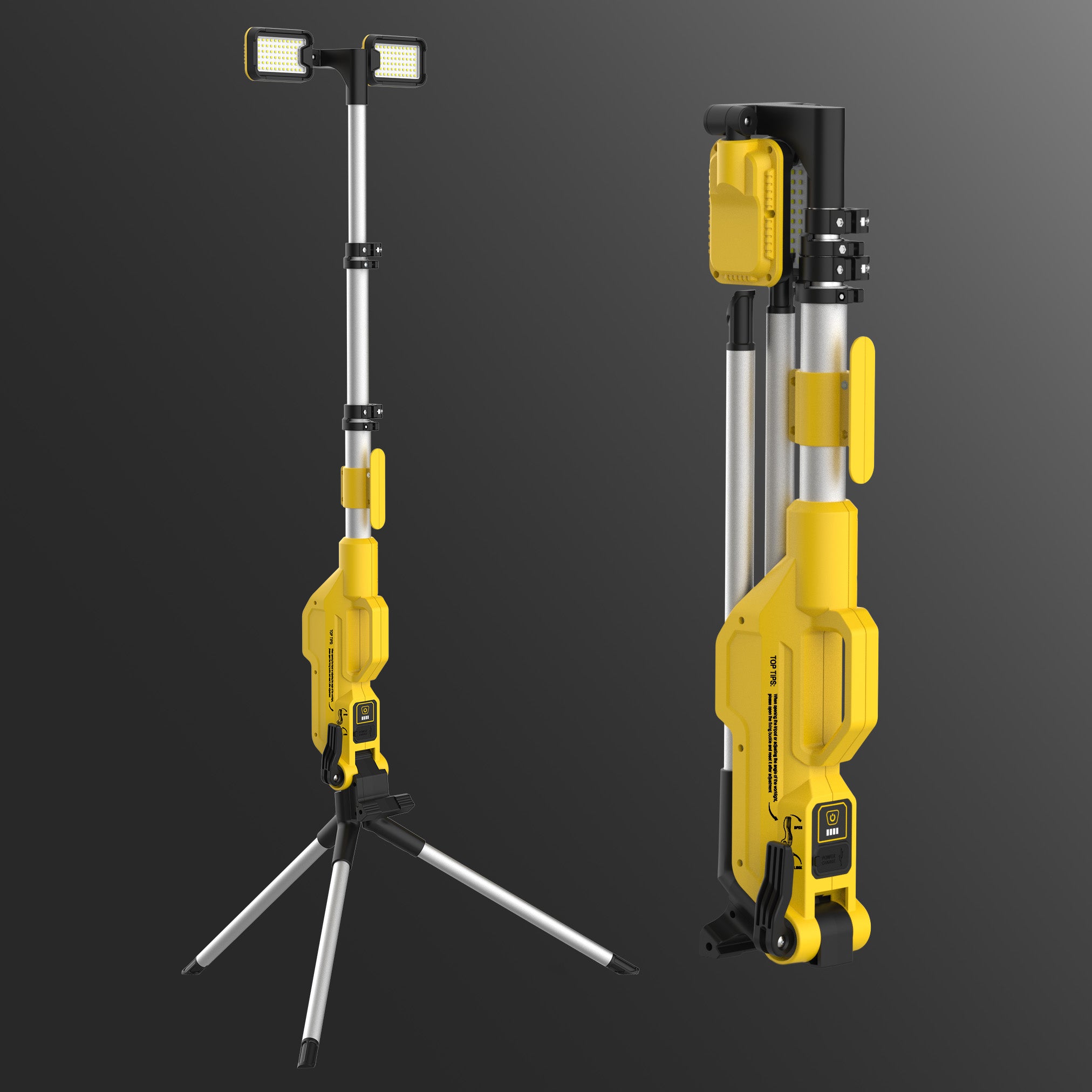
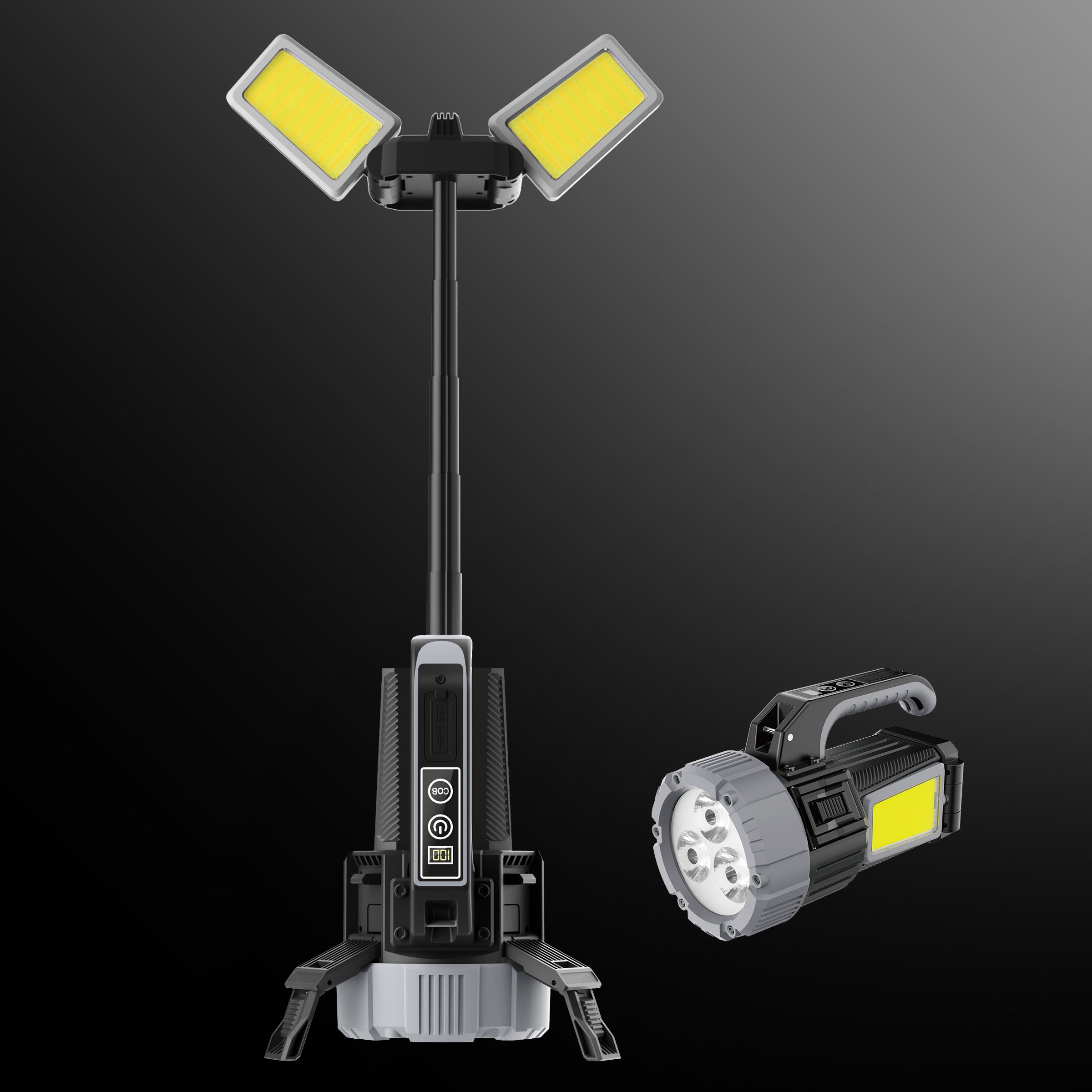


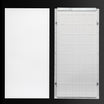
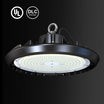



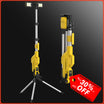
![[BOGO] Hykoont LS018 Multi-Function 2 in 1 Flashlight Portable Extendable Adjustable Brightness CCT Bright](http://hykoont.com/cdn/shop/files/STDG18_02986949-cd58-4695-b253-ff6d94f8776a.jpg?v=1762425901&width=104)
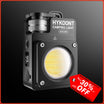
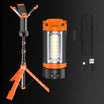
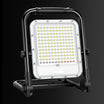
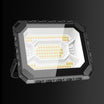
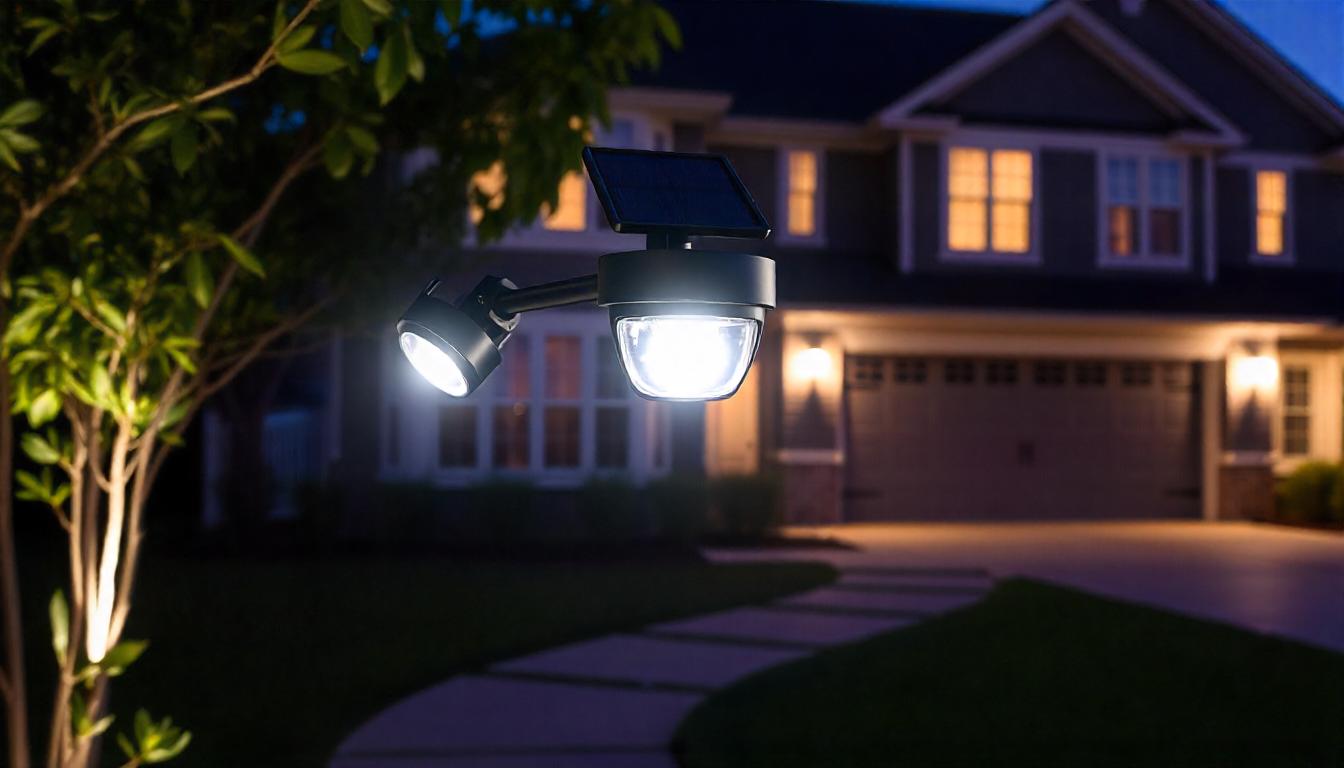
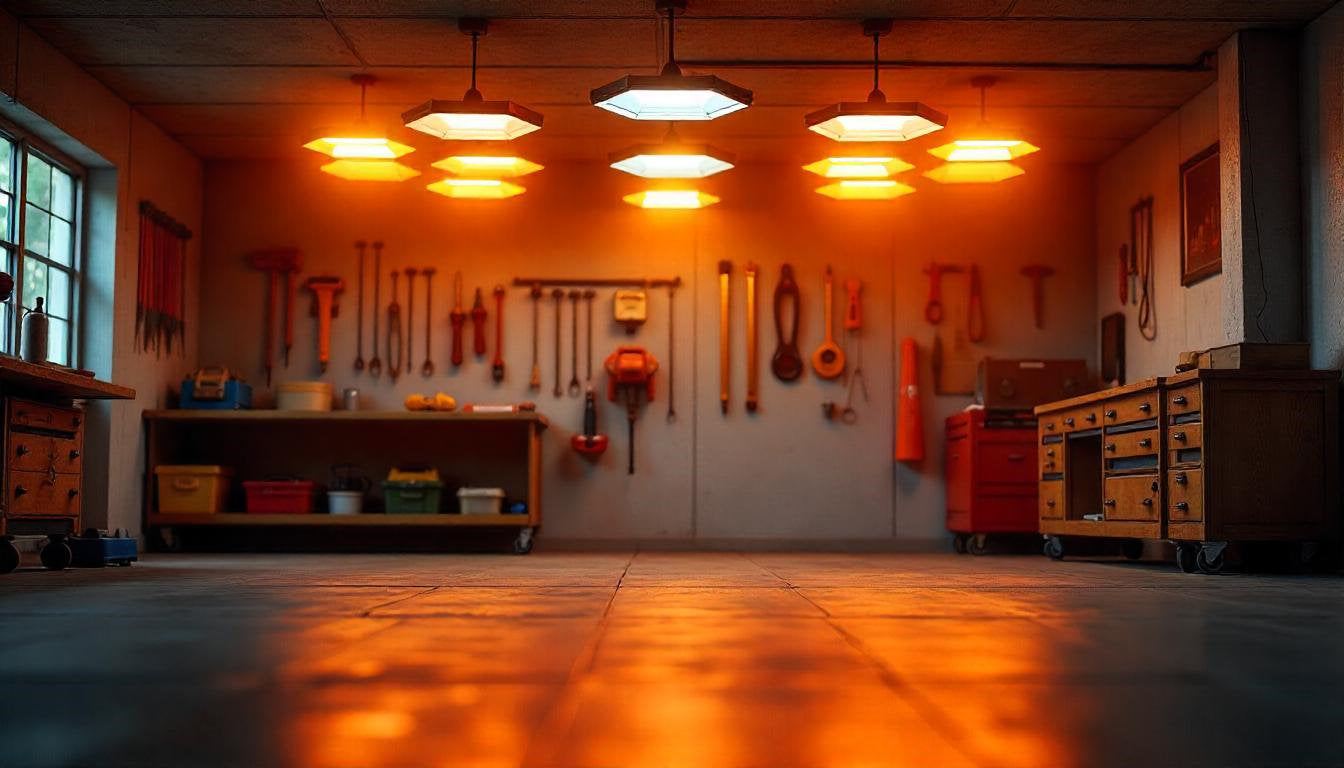
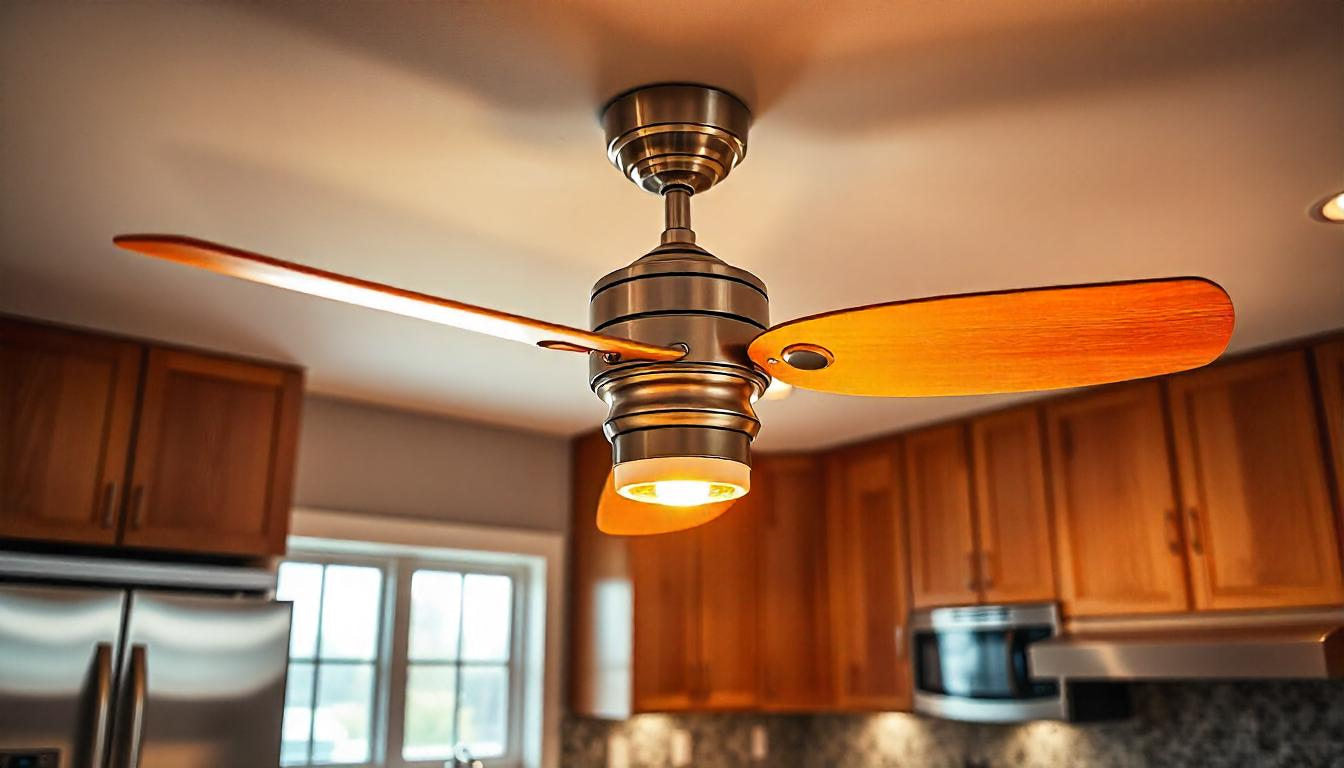
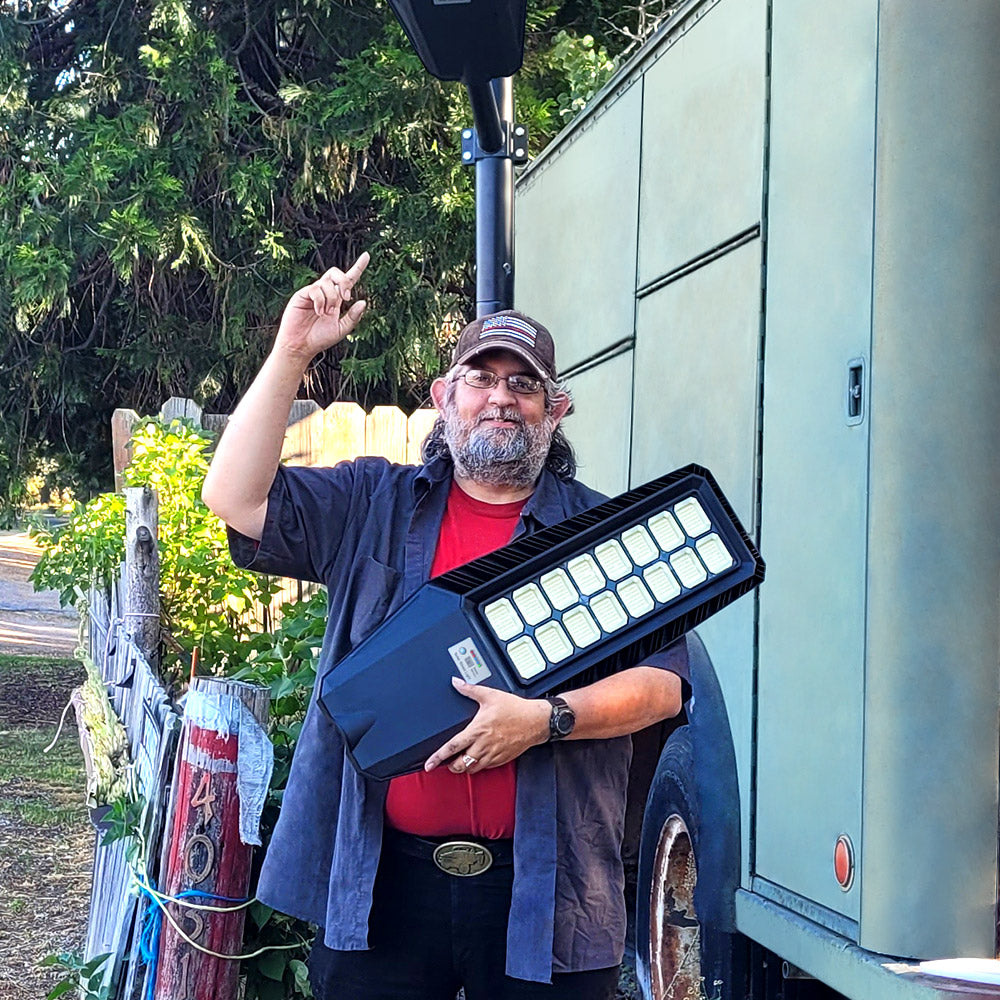
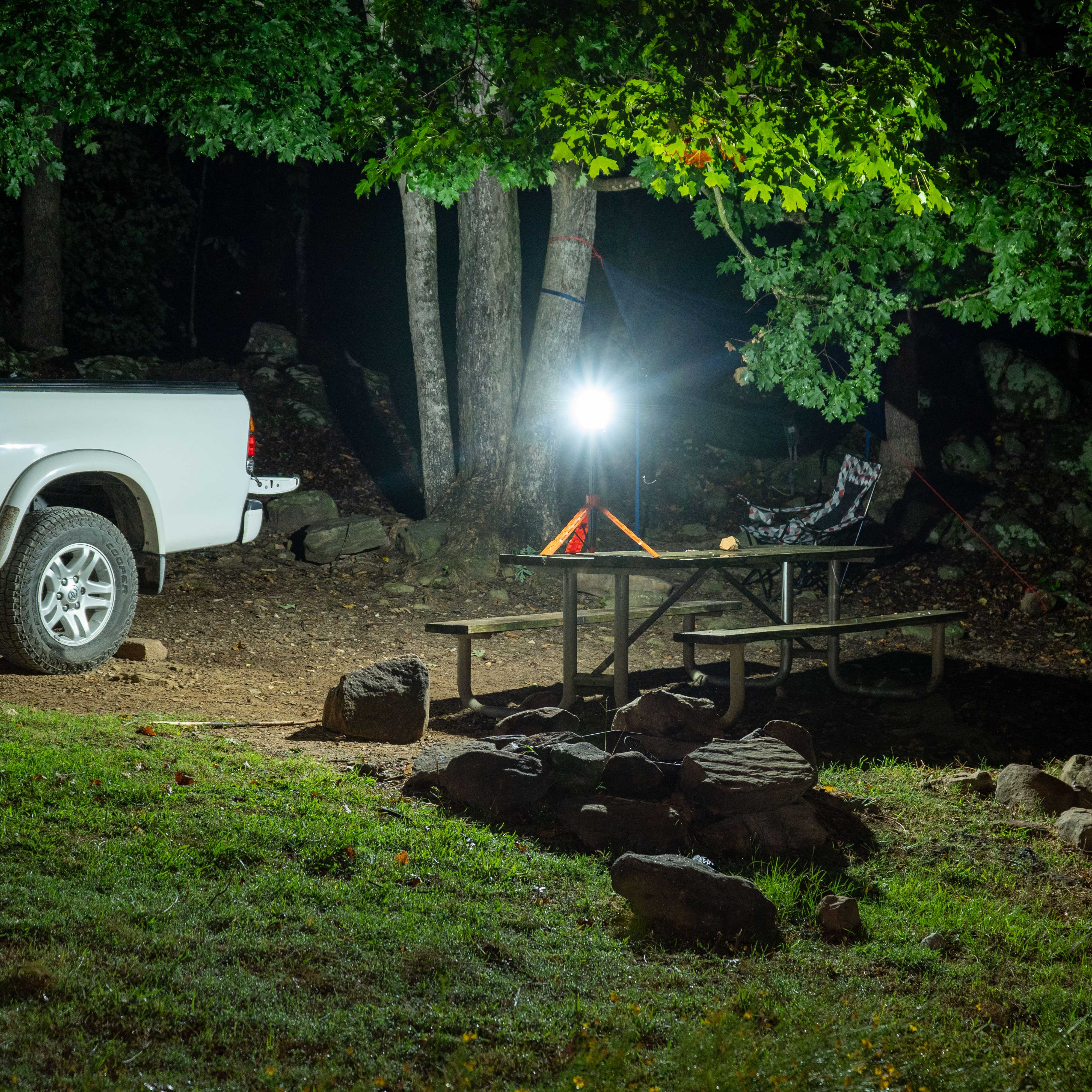

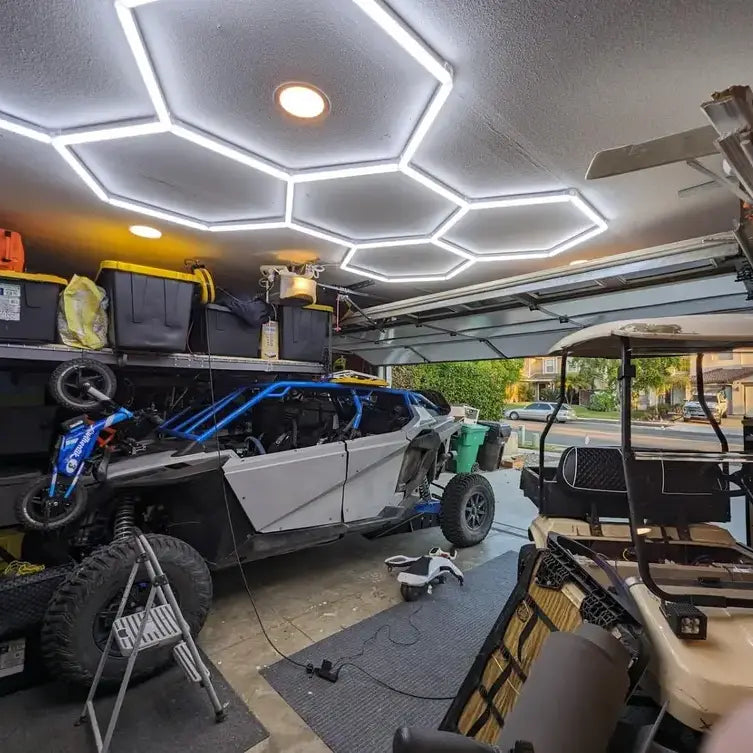
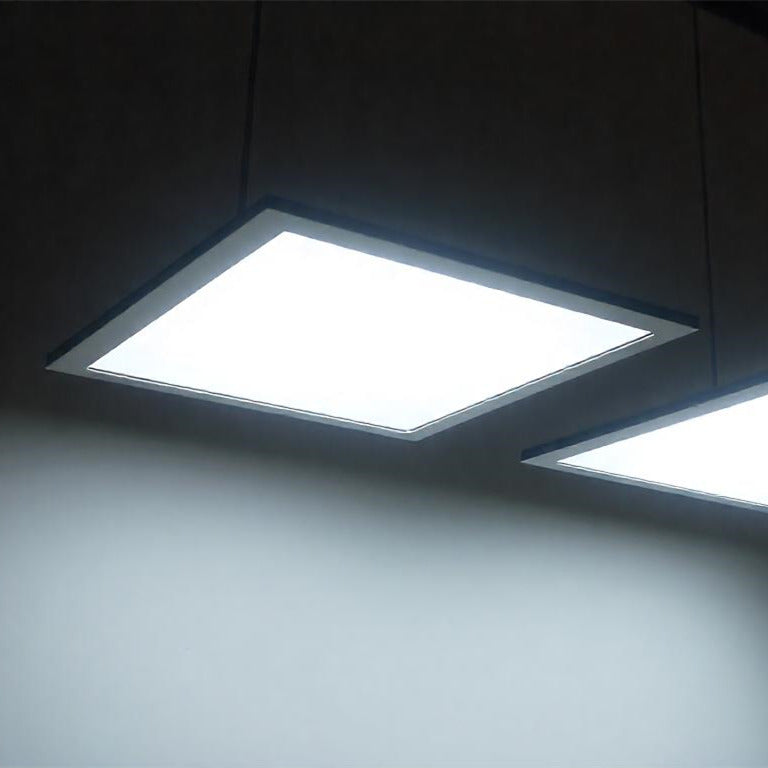
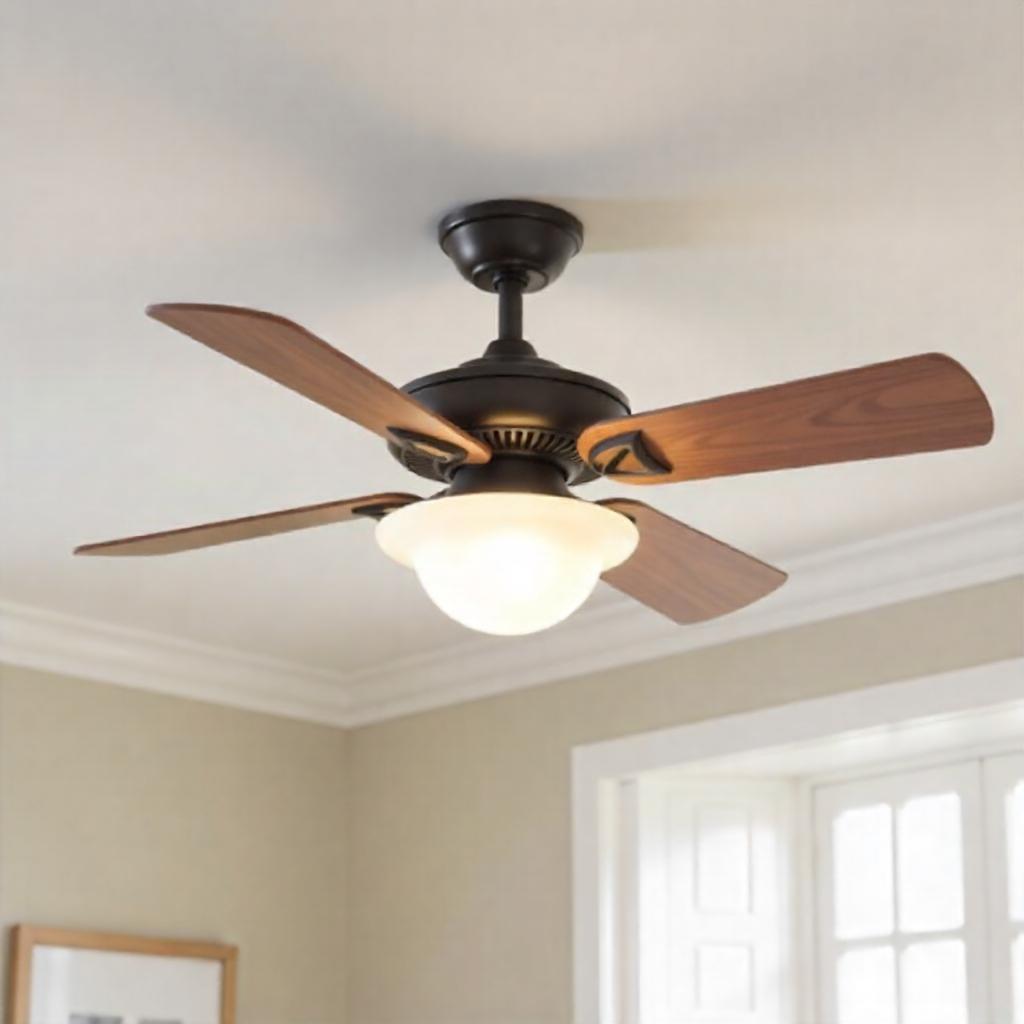
Leave a comment
This site is protected by hCaptcha and the hCaptcha Privacy Policy and Terms of Service apply.